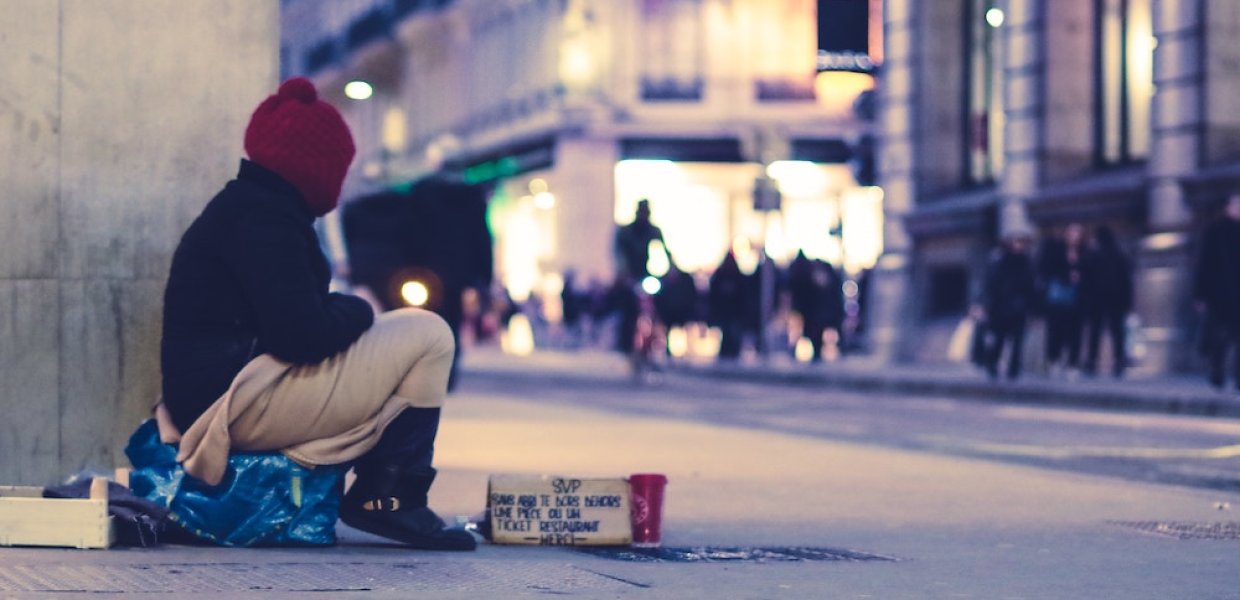Last year, on any given night, more than half a million people in the wealthiest nation on earth had nowhere safe and secure to sleep.
Once an issue primarily confined to our cities’ most disadvantaged neighborhoods and their hardest-luck residents, homelessness can now be found just about everywhere in the United States. It’s one of the biggest — and certainly the most scandalous — crises of the 21st century.
Yet it is largely an untold story. Despite millions of words and thousands of pictures published in the media every day, the narrative of homelessness for many people is based on a multitude of outdated stereotypes — from mental illness and drug addiction on the one hand, to a view that homeless people simply prefer living on the streets or don’t want to “get a job” on the other.
The true story is more complex — and much more heartbreaking. There are any number of tripwires that plunge people into homelessness today. An unexpected rent increase.
A sudden job loss. A family medical emergency. All too often, a vulnerable teenager or abused spouse running from a dangerous relationship. The public safety nets to catch these individuals have frayed badly, and the private economy is simply not producing enough affordable housing, healthcare or the adequately paid jobs to help them regain their balance in society.
This is where you and I enter the picture. We alone cannot change the complex circumstances driving homelessness today. But we can use our story-telling tools to put a human face on homelessness. We can introduce a wider audience to the many different, increasingly common ways that people lose a home, and the treacherous downward spiral that can follow. We can help build greater understanding and empathy for this very human tragedy that, in today’s world, can befall almost anyone.
Let me share one such story. Ericka is a resident supported by the Downtown Women’s Center, an organization that helps women facing homelessness transition back into a stable economic life.
Ericka was a top-performing employee at a local Los Angeles bank branch with her own car and apartment. A rent increase suddenly made her apartment unaffordable, and Ericka’s car became her only form of shelter. When her employer discovered she was living out of her car, she lost her job, too. Without a job, Ericka’s car was repossessed, and she soon found herself on Skid Row.
With the power of her words, Ericka is changing the narrative. “For me the experience of being homeless was scary, lonely, and confusing,” she shared. “I was harassed by men on the streets. I was afraid to fall asleep. I stayed awake at night because I was afraid of being assaulted or robbed, and I slept on the Metro trains during the day. It was difficult finding services, so I kept roaming the streets to see if I could find help or assistance.”
There are thousands of stories out there just like Ericka’s. And they all need to be heard if we are to change hearts and minds, dispel fears, and encourage people to make a place in their neighborhoods for the homeless.
We, as professional communicators, have the skills to tell these stories. Communication and advocacy are our stock-in- trade. We have the power to shape opinion, change behavior, advance policy and transform thinking. I think it is time we began to speak up.
To download a full copy of the 2020 Relevance Report, click here.
